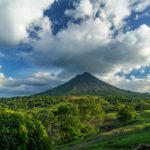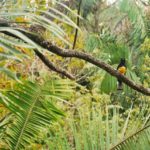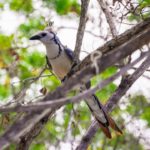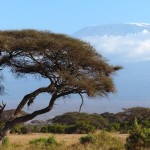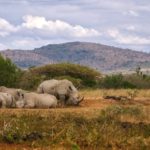A Glimpse into the Brazilian Pantanal

When I arrived in the Brazilian Pantanal for a three-day eco-tour last December, the first thing my guide asked me was whether there were any animals I was hoping to see. I immediately thought of the jaguar. After all, she’s the queen of the South American jungle, the largest cat in the Americas. But I’d read that the jaguar is elusive, and that less than ten percent of visitors get to glimpse one. In the wet season, when I was visiting, that percentage drops further. So I told him that I’d be happy with whatever we encountered, which has always been my attitude when visiting wilderness areas.
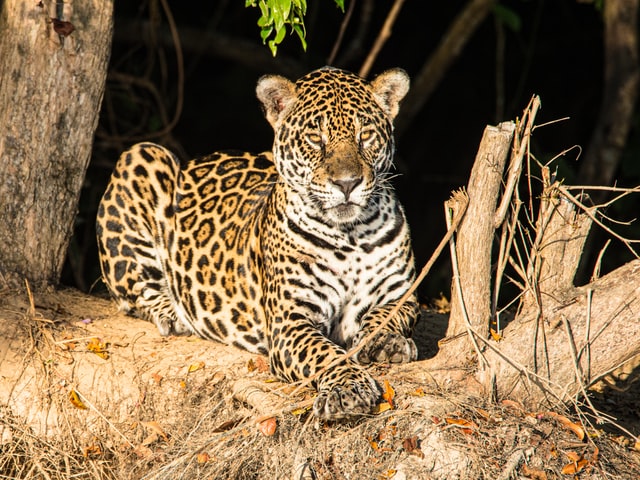
I’d been dreaming about visiting the Pantanal for years. A massive wetland in the centre of South America, many enthusiasts claim that its diversity rivals that of the better-known Amazon. Certainly, there are fewer tourists. So when I knew I’d be travelling in Brazil, I arranged a tour with a company that emphasized minimizing their footprint in the wilderness and supporting local communities.
At one point, she rolled on her side and began licking her paws, remarkably like a domestic house-cat.
My guide picked me up from a hotel in the Western Brazilian city of Cuiaba, and we drove several hours through increasingly rural countryside to reach our lodge on the Santa Clara River. This became our base for trips by boat, horse, foot and jeep. On my first afternoon, as we walked quietly through the jungle, an armadillo scurried across our path. We later came across two giant tortoises, and a family of capybara, which my guide told me are the world’s largest rodent (there are a lot of “largests” in the Pantanal!) That evening, we spotted the extremely poisonous Fer-de-lance, and a fox on a hunting mission.
The sightings continued the following morning as we took a boat out on the river. Caiman, toucans, hawks, storks, herons, piranhas, howler monkeys, other birds and reptiles that my guide named but I’ve since forgotten – the abundance of wildlife was astounding. After traveling downriver for a couple of hours, the boatman suddenly pointed to one of the riverbanks. “Onça pintada!” he hissed. I knew what he’d said, because a driver from the lodge had taught me the Portuguese word for jaguar after our buffet supper the evening before. My eyes followed to where he pointed, and I saw the beautiful cat in the undergrowth.
She was lying on the bank, staring intently into the water. My guide later explained that she was probably hunting caiman. I expected her to get up and vanish into the jungle once she caught sight of us, but even though the boatman used an oar to keep the boat steady mid-river, she seemed unbothered by our presence. At one point, she rolled on her side and began licking her paws, remarkably like a domestic house-cat.
Sign up for a FREE online writing workshop here.
I probably got to spend about ten minutes observing this jaguar before she did eventually headed away from the river. Those ten minutes are perhaps some of the most magical of my life. I knew I’d experienced something that I might never experience again.
Back at the lodge, staff crowded round to exclaim over my photos and video of the jaguar. Even to those who live and work in the Pantanal, a jaguar sighting is a big deal. Other tourists were jealous of my good fortune. That good fortune continued the following day when, during a horse ride through the grasslands, we came across a giant anteater attempting to nose a meal out of a termite mound. I also spotted several pairs of hyacinth macaws.
When I returned home to Toronto, people who don’t travel much told me I was extremely adventurous to go alone with a guide into the Pantanal. But I didn’t feel particularly adventurous (although believe me, it was an exciting and fulfilling time). The tour company was reputable, the lodge was comfortable, my guide was the right balance of friendly and professional.
A Glimpse into the Brazilian Pantanal.
Although I realize the encounters with the jaguar, anteater, Fer-de-lance and caiman could have been dangerous, the guide and other staff were experienced, and, perhaps more importantly, practice the philosophy that we are not there to disturb wildlife, simply to observe from a respectful distance.
Photos for Queen of the Jungle in the Brazilian Pantanal by Unsplash.

